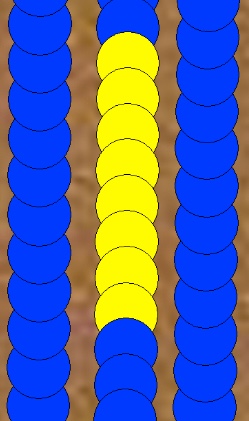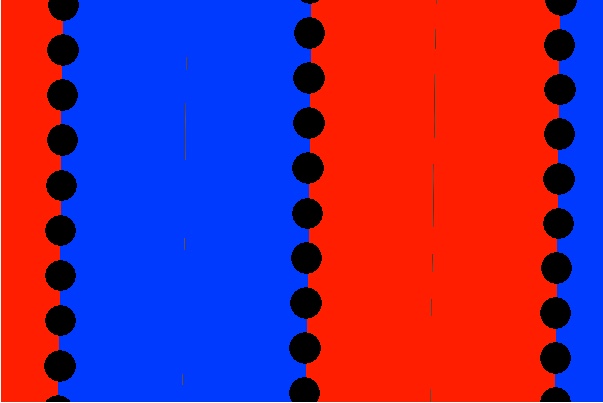Pest&Crop Survey 2020
Pest&Crop Survey 2020

Have a forage resource without livestock?

The USWBSI’s mission is: to enhance food safety and supply by reducing the impact of Fusarium Head Blight on wheat
and barley.

Current temperatures and rainfall report.
Pest&Crop Survey 2020
Purdue Extension Corn Specialist Bob Nielsen and Soybean Specialist Shaun Casteel are back on another episode of the Purdue Crop Chat podcast.

Overnight low temperatures the morning of October 16th reached into the low 30s (Fahrenheit), bringing an end to the growing season for a lot of vegetation across Indiana (Figure 1).

While we often focus on the importance of yield monitor calibration relative to logging accurate yield estimates during grain harvest, there are other yield monitor settings that can inadvertently influence yield estimates.

Geo-positional inaccuracies in DGPS signals affect the accuracy of yield monitor data in various ways.

Frogeye leaf spot (FLS) is becoming a serious threat to soybean production in Indiana and surrounding states. Traditionally a southern disease, it can cause yield loss up to 60%. In recently years, FLS severity has been on the rise in the North Central region. It caused estimated yield loss worth $51 million in Indiana and $428 million in the North Central region in 2018. FLS infection can occur at any stage of soybean development, but most often occurs after flowering. Initial symptoms are small, dark spots, which will eventually enlarge to a diameter of up to about ¼ inch. The centers of the lesions become gray to brown and have a reddish-purple margin. Stems and pods can also be affected later in the season. Symptoms on stems are long narrow dark lesions with flattened centers. Pod lesions will be circular to elongate, slightly sunken and reddish-brown. Seed symptoms will appear[Read More…]
© 2024 Purdue University | An equal access/equal opportunity university | Copyright Complaints | Maintained by Pest&Crop newsletter
If you have trouble accessing this page because of a disability, please contact Pest&Crop newsletter at luck@purdue.edu.